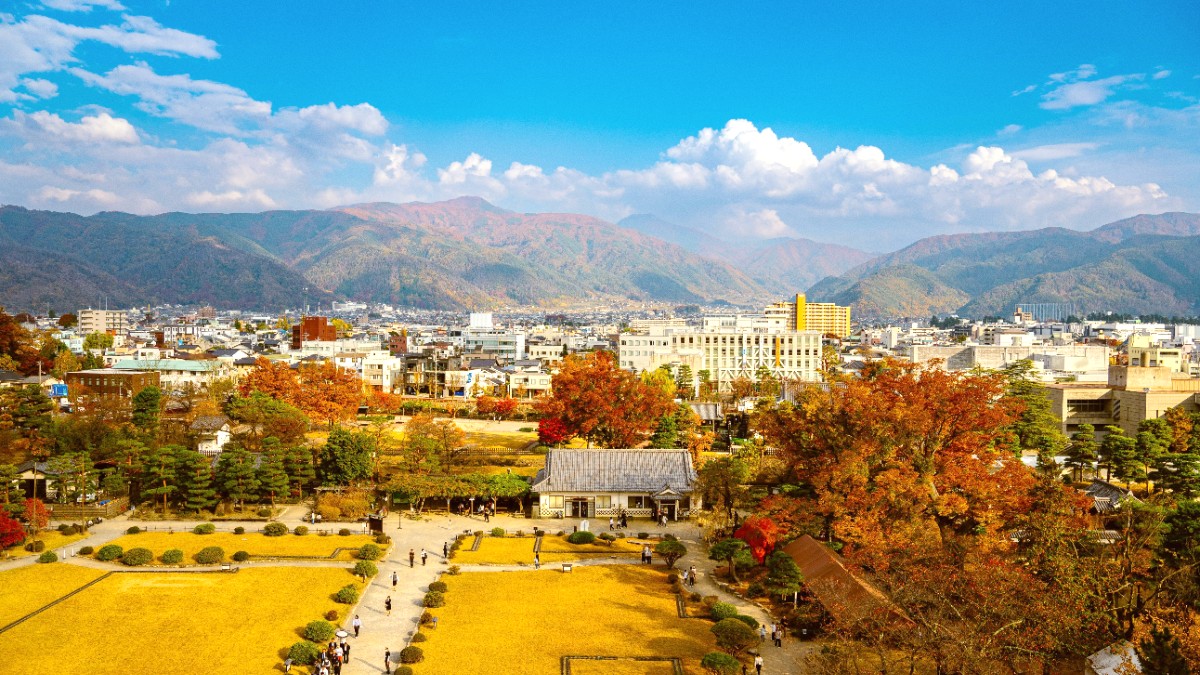
South Of Tokyo, Japan
Kamakura's cuisine takes influence from two main factors: its numerous Buddhist temples, which made Shojin Ryori (traditional Buddhist vegetarian cuisine) prominent, and its coastal position on Sagami Bay, which yields an abundance of fresh seafood.
Local ingredients include Shirasu (whitebait), "Kamakura Yasai" (unique local vegetables), green tea, and tofu. Traditional Japanese seasonings like soy sauce, miso, and dashi are flavor bases.
Avoid sticking chopsticks vertically into rice, passing food chopstick-to-chopstick, or pointing with them. Rest chopsticks on a hashioki or across your bowl when not in use.
Say "Itadakimasu" (I humbly receive) before a meal and "Gochisousama-deshita" (Thank you for the meal) afterward. Slurping noodles is acceptable and a sign of enjoyment.
Tipping is not customary and may be considered rude. Service charges may appear in high-end restaurants. Avoid eating or drinking while walking in public, except in designated street food areas.
Kamakura’s most famous specialty, featuring fresh or boiled whitebait over rice, often with ginger or a raw egg yolk.
Find: Restaurants along the coast (Yuigahama, Enoshima) and near Kamakura Station. Look for "Nama Shirasu" (raw whitebait).
Locally grown, fresh, and often unique varieties of vegetables used in various dishes, from salads to tempura.
Find: Farm-to-table restaurants throughout the city. Some farmers' markets also feature them.
Traditional vegetarian meals without meat, fish, or strong-smelling vegetables, adhering to Buddhist dietary principles. Artfully presented dishes.
Find: Offered at temple restaurants, notably at Kenchoji Temple.
Dango (skewered mochi) and Senbei (rice crackers) are popular. Many shops grill senbei fresh with soy sauce.
Various desserts and snacks crafted from local sweet potatoes, including fried cakes or roasted varieties.
Upscale Japanese restaurants specializing in Kaiseki (multi-course dinner) or high-quality sushi. Found in coastal areas or luxury hotels. Expect refined presentation and seasonal ingredients.
Abundant along Komachi-dori and around Kamakura Station. A variety of Japanese cuisines including Tempura, Tonkatsu (fried pork cutlet), Izakaya (Japanese pubs with small dishes), and casual sushi.
Ramen shops, Udon noodle shops, Gyudon (beef bowl) chains, and convenience stores provide affordable, quick meals. Street food stalls are common on Komachi-dori for sampling small bites.
Some Italian, French, and other Asian restaurants are available, mainly around the main station area. They offer alternatives to Japanese food.
Variety caters to different tastes.
Generally concentrated in more urbanized sections of Kamakura.
Easy to find near transportation hubs.
Smaller local markets for fresh produce.
A lively food street with numerous food stalls and small eateries.
Ideal for sampling various small bites and snacks.
Local produce markets often feature "Kamakura Yasai".
This can be challenging due to the common use of soy sauce (containing wheat). Look for restaurants that specifically cater to gluten-free diets.
Choose dishes based on fresh seafood and rice, avoiding items with soy sauce or wheat-based thickeners.
Clearly communicate your dietary restrictions. A written note in Japanese explaining your allergies or needs can be very helpful.
Carry a small card with your dietary needs translated into Japanese.
A bit of research before your trip can significantly ease dining difficulties with specific needs.
Being flexible and open to alternative dishes can make the experience more enjoyable.
Some local guesthouses or private tour operators may offer classes on Japanese home cooking or Shojin Ryori.
Explore ToursOpportunities to experience local "Kamakura Yasai" exist at farmers' markets or specific restaurants that source locally.
Check local calendars for food festivals. These events often showcase seasonal specialties and regional delicacies.
Many local restaurants frequently update their menus to feature seasonal ingredients, offering a fresh taste with each visit.
Look for "seasonal special" items.
For fine dining establishments, making reservations in advance is often recommended, especially during peak tourist seasons.
This secures your spot and a preferred time.
Japanese rice wine (Sake) and distilled spirits (Shochu) are widely available. Explore various regional brands at local establishments.
Matcha (powdered green tea), Sencha (common brewed green tea), and Hojicha (roasted green tea with a nutty flavor) are popular choices.
While tea is prominent, many cafes in Kamakura offer high-quality coffee for those seeking a different warm beverage.
Exploring Kamakura's diverse culinary landscape can be a highlight of your visit. From traditional temple cuisine to fresh seafood, there's a taste for every preference.